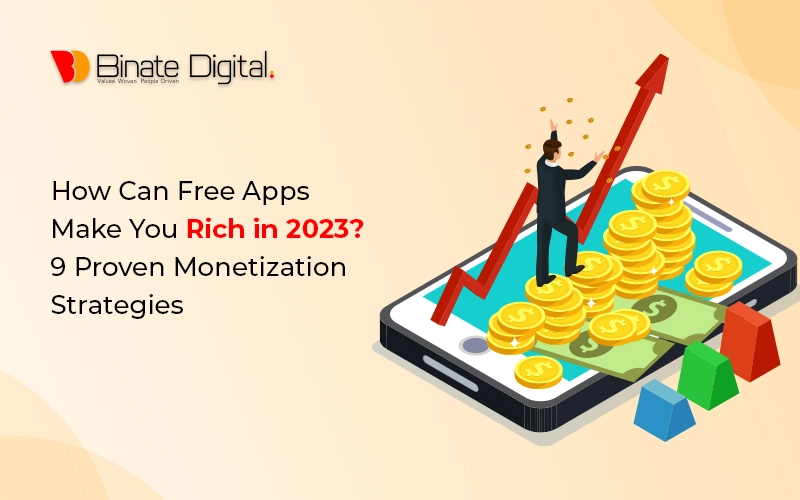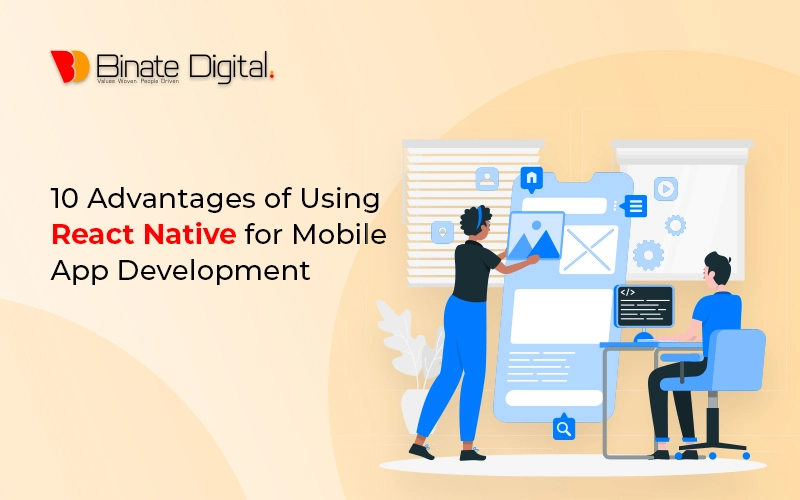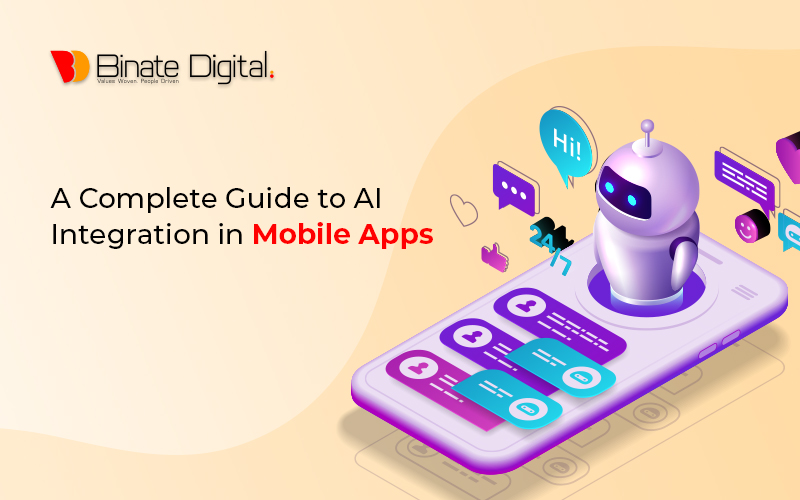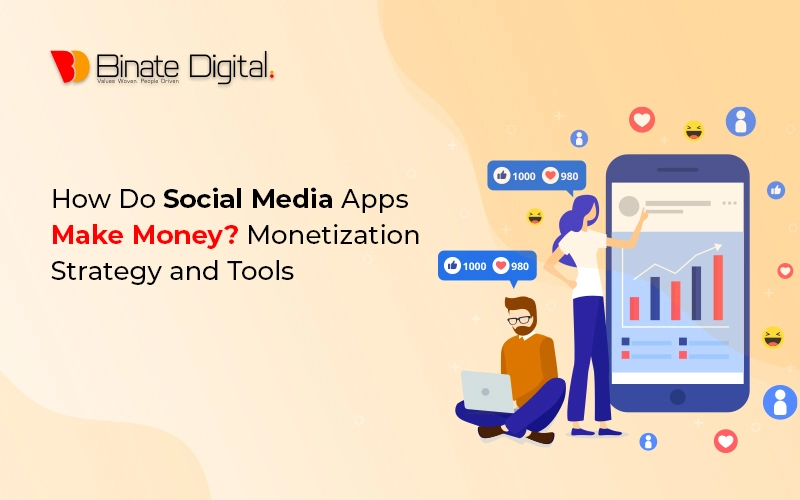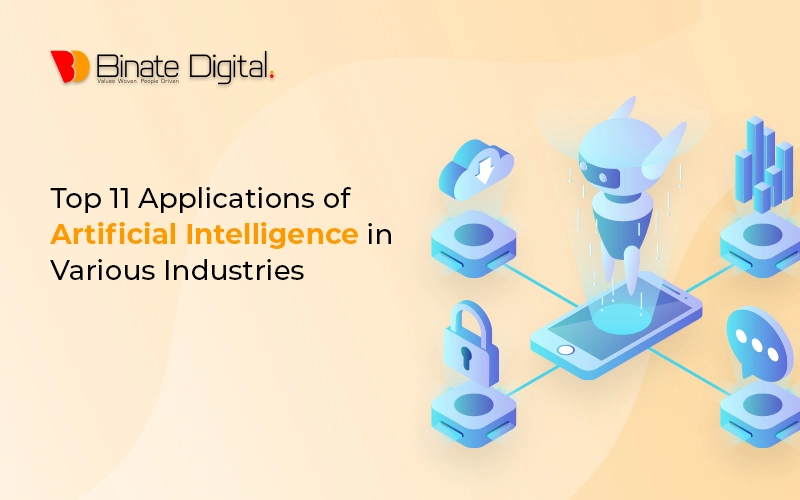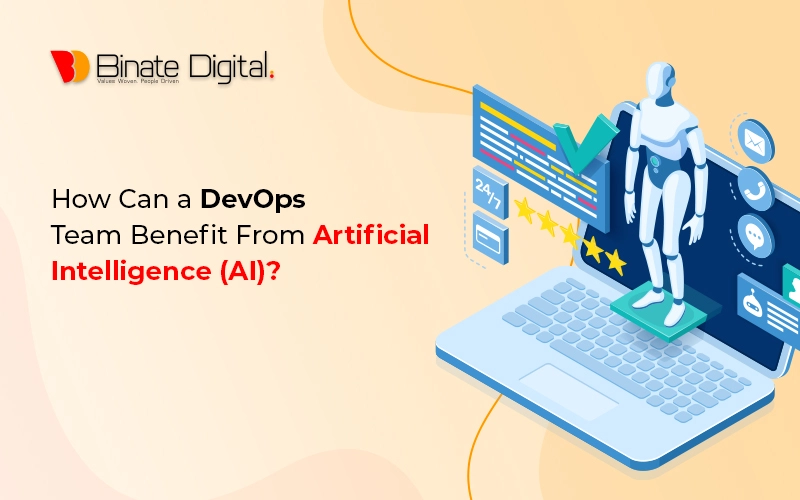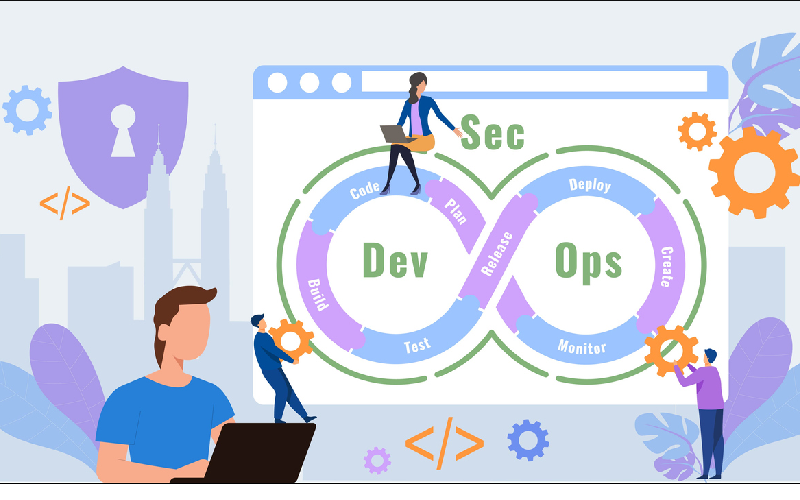Unlocking Security: A Dynamic Session On Data Privacy
In the timeline that we live in, data is as precious as gold. Understanding the importance of data privacy and security concerns isn’t just an option; it’s compulsory for the entire generation that is dependent on technology for every task. Binate Digital hosted an enlightening session on data privacy that turned out to be an eye-opener for all of us. It really felt more like a wake-up call wrapped in a conversation that was delivered by Ms. Komal Hameed, an esteemed advocate and privacy specialist. The session aimed to make us aware of our data privacy concerns and limitations that we can implement to protect our data and create boundary lines for who can and who cannot access our personal data. Ms. Komal Hameed addressed the employees of Binate Digital The Why And What Of Data Ms. Komal started the session with the question, Why is data privacy such a big deal? She explained that it’s all about protecting your personal information from the prying eyes of the world. Imagine leaving your house with the doors unlocked. That’s what happens when we overlook data privacy. Our session kicked off with this explanation and set the tone for a discussion that was as engaging as it was informative. Consent Is What Matters Most One of the cornerstone points discussed was the importance of consent. In the world of digitalized data, consent is the bedrock of trust. We shed light on the significance of obtaining clear, informed consent before using or sharing any personal information. It’s not just about checking a box on your phone or agreeing to all terms; it’s about ensuring that people genuinely understand what they are agreeing to. The attendees were deeply engrossed in the session. Encryption: The Shield Of Data Encryption was another enlightening topic. Picture this: sending a letter in a locked safe rather than a transparent envelope. This is what encryption is used for your digital data; it basically ensures that even if it gets intercepted, it remains unreadable to unauthorized persons, and privacy is maintained. This session underscored the importance of utilizing robust encryption methods and tools to safeguard data at rest and in transit. The Human Element Interestingly, our conversation took a turn toward the human aspect of data privacy. It is that technology is a double-edged sword that is sharp enough to protect you but also sharp enough to cut you in half. If it can protect your data and you, it can also expose all your data. That is why fostering a culture of privacy within the organization is paramount. Regular training sessions, awareness campaigns, and a privacy-first mindset among individuals can significantly reduce the risk of data breaches. The session was both captivating and insightful. The Global Perspective Data privacy is not confined by geographical boundaries. With the digital world being a global village, the session shed light on the importance of complying with international data protection regulations like HIPAA, GDPR in Europe, and CCPA in California. Understanding these laws is not just about legal compliance. It’s about respecting the privacy norms of users around the world. Ms. Komal was presented with a shield as a token of appreciation. Wrapping Up With A Personal Touch As we wrapped up the session, it was evident that data privacy is not just a policy or a procedure. It’s a commitment to valuing and protecting personal information as if it were our own. The engaging discussion, insightful queries, and real-world examples shared during the session didn’t just enlighten our employees; they inspired them to be the guards of data privacy in our respective roles. In essence, our data privacy session was not just a meeting; it was a journey toward understanding the profound significance of safeguarding personal information in today’s interconnected digital sphere. Let us carry forward the lessons learned and ensure that privacy remains at the heart of all our endeavors.
Unlocking Security: A Dynamic Session On Data Privacy Read More »


